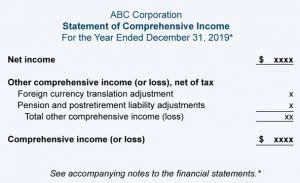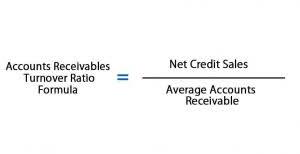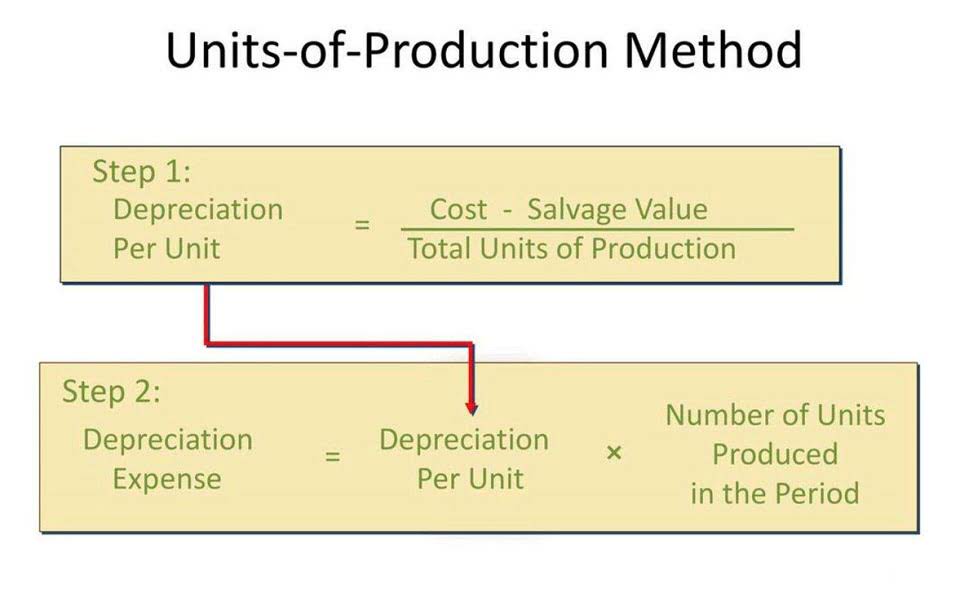
It’s the cost incurred beyond the status quo—a shift from the familiar to the slightly altered. For example, if a company manufactures a product, the full cost includes direct costs like materials and wages, as well as indirect costs such as factory rent and equipment depreciation. Businesses use full cost analysis for pricing strategies and financial reporting. However, for short-term decisions like accepting a special order at a discounted price, incremental cost is often more relevant. The calculation of incremental cost shows a change in costs as production expands. Let’s say, as an example, that a company is considering increasing its production of goods but needs to understand the incremental costs involved.
What Costs Does Incremental Analysis Involve?
Understanding incremental costs can help a business make decisions about scaling production, pricing, or whether or not to accept special orders. It’s important to keep in mind that only those costs which change should be included in incremental cost analysis. Both incremental and marginal costs are strongly interrelated — they are almost the same. The overall understanding is that the total cost is affected by increasing or decreasing the output. Every time a company changes its output, both marginal and incremental costs parallel each other accordingly. According to the National Productivity Council of India, or NPCI, marginal cost is the original cost plus the extra cost of producing an extra unit of output, resulting in a total cost.

Allocation of Incremental Costs

Procuring higher volumes of materials may strain supplier relationships, leading to renegotiated contracts or delays. Transportation costs may increase due to expedited shipping or additional warehousing needs. Incremental costs are also referred to as marginal costs, but there are some basic differences between them. This difference is more philosophical in nature than in «hard numbers.» Marginal costs deal with adding or subtracting output.
Incremental cost definition

Internal rate of return (IRR) and net present value (NPV) further refine decision-making by comparing potential investments against alternative uses of funds. Thus, we see that factors taken into consideration in this concept are those that change with production volume. The term incremental cost refers to the cost that the business incurs for producing an extra unit. Incremental cost is usually computed by manufacturing entities as a process in short-term decision-making. It is calculated to assist in sales promotion and product pricing decisions and deciding on alternative production methods.
Debt financing introduces leverage risks, with interest expenses affecting earnings before interest and taxes (EBIT), while equity dilution impacts shareholder value. Businesses must balance short-term cash flow needs with long-term growth objectives to ensure liquidity remains sufficient for operational expenses. Assume a company determined that the annual cost of operating its equipment at 80,000 machine hours was $4,000,000 while the annual cost of operating its equipment at 70,000 machine hours was $3,800,000. Continuing the example, let’s say it costs $100,000 to produce the 10,000 units in a typical month. For example, if you normally produce 10,000 units of a product per month, this normal balance base monthly volume is 10,000 units. Incremental analysis is a problem-solving method that applies accounting information—with a focus on costs—to strategic decision-making.

What Is Incremental Analysis?
In the restaurant example, the original pre-existing building costs are added in to the new cost of building the addition, resulting in a total cost. For example, say a factory production line is at full capacity and therefore the company would like to add another production line. Incremental costs might include the cost of new equipment, the people to staff the line, electricity to run the line, and additional human resources and benefits. All these costs would be considered long-term incremental costs because they would be implemented as long-term aspects of the business. If a company responds to greater demand for Bookkeeping for Etsy Sellers its widgets by increasing production from 9,000 units to 10,000 units, it will incur additional costs to make the extra 1,000 widgets.
- Combining it with other decision tools (such as sensitivity analysis or scenario planning) can lead to more robust and informed choices.
- Management must look at these incremental costs and compare them to the additional revenue before it decides to start producing the new product.
- Manufactures look at incremental costs when deciding to produce another product.
- Certain costs will be incurred whether there is an increase in production or not, which are not computed when determining incremental cost, and they include fixed costs.
- From a financial perspective, incremental cost analysis helps in evaluating the financial impact of a decision.
- Every time a company changes its output, both marginal and incremental costs parallel each other accordingly.
Examples of Incremental Cost Calculations
In the realm of business and economics, strategic decision-making is often a complex process that involves weighing various costs and benefits. Incremental costs play a pivotal role in this process, incremental cost as they represent the additional costs incurred when a business decides to increase production or introduce a new product line. Unlike fixed costs, which remain constant regardless of output, incremental costs vary with the level of production and can significantly influence a company’s average cost curve.
Importance of Incremental Cost
In most situations there will eventually come a point where increasing production gives an incremental cost which is higher than existing average cost. Perhaps the most common example would be where a factory’s workforce is working to full capacity. Adding just one more unit to output would either require paying overtime or spending money on recruiting new staff. In this situation, the incremental cost is higher than the existing average cost and thus drives the average cost upwards. The tobacco business has seen the significant benefits of the economies of scale in Case 3. The incremental cost was kept lower at $70,000 while producing twice its production capacity, leading to a higher net income.
Variable costs fluctuate with production levels and include raw materials, direct labor, and utilities. Unlike fixed costs, which remain constant regardless of output, variable costs increase or decrease based on the number of units produced. In other words, incremental costs are solely dependent on production volume. Conversely, fixed costs, such as rent and overhead, are omitted from incremental cost analysis because these costs typically don’t change with production volumes.